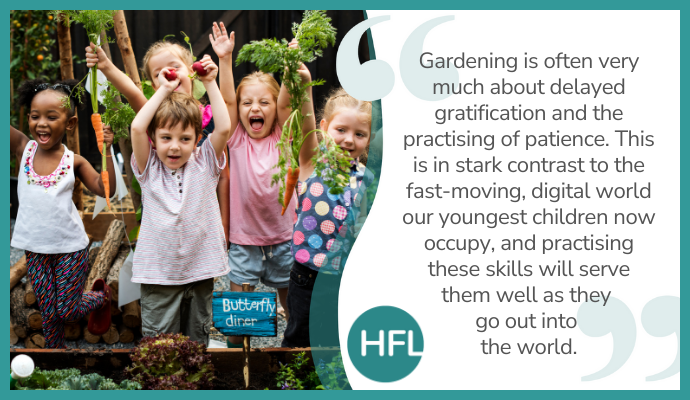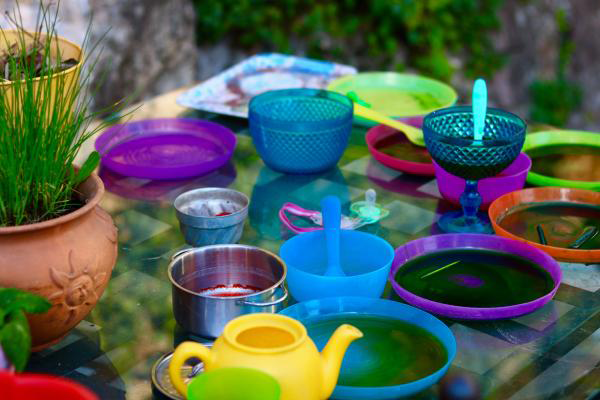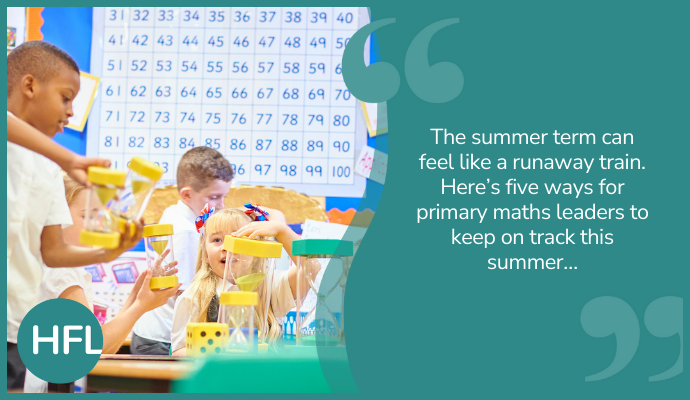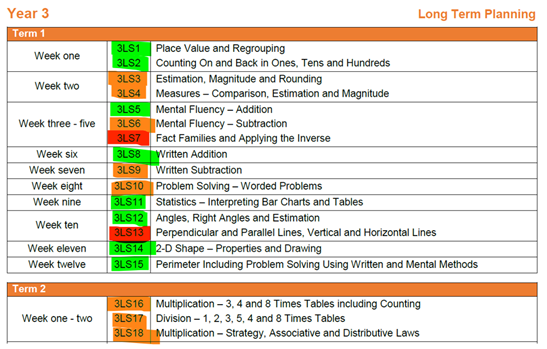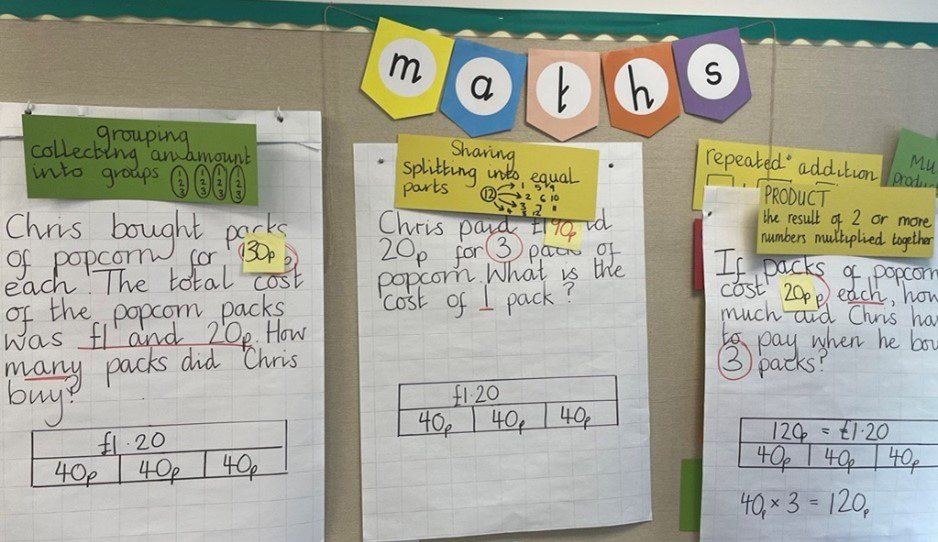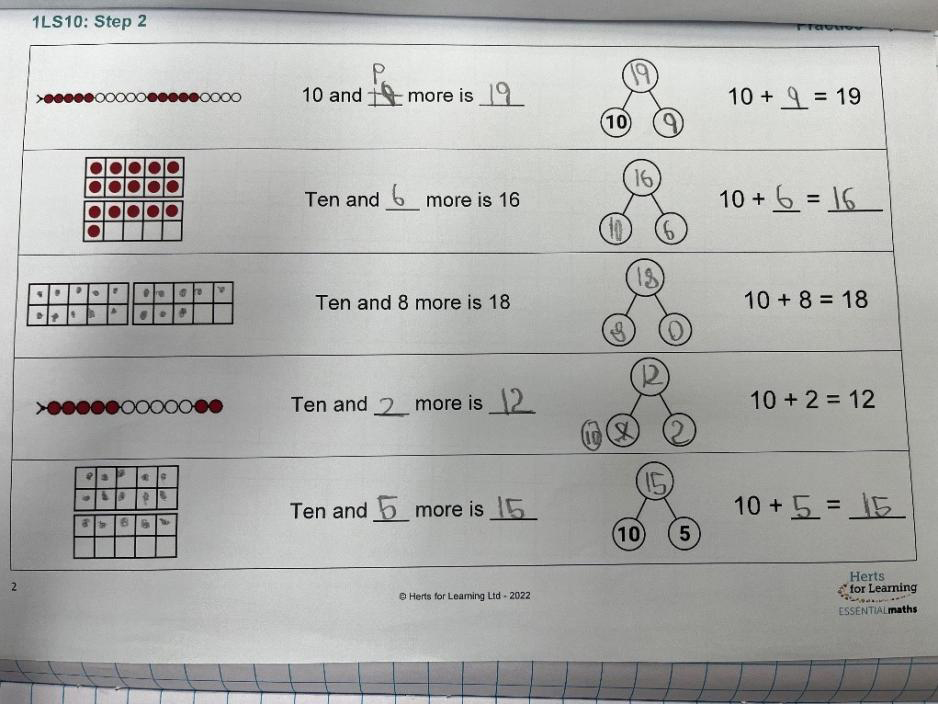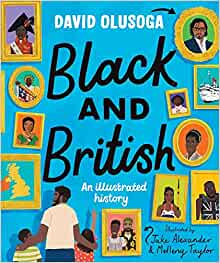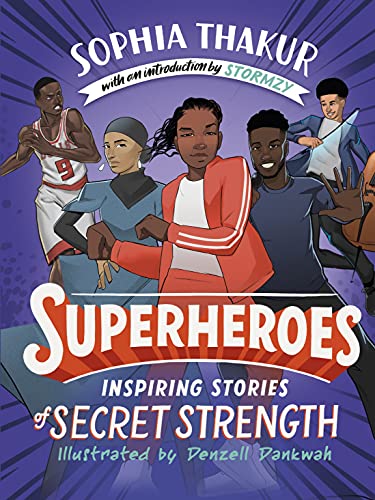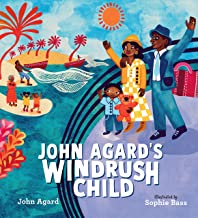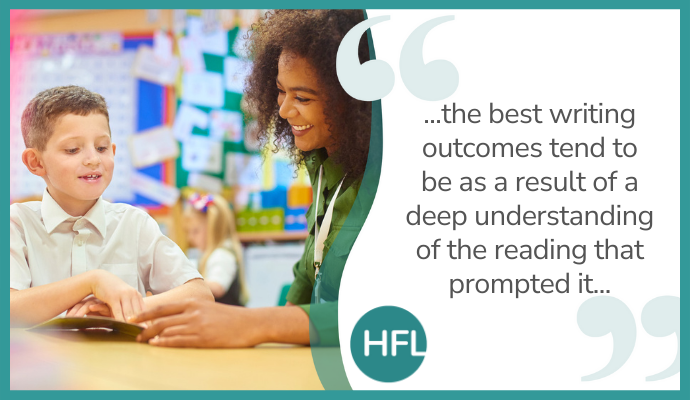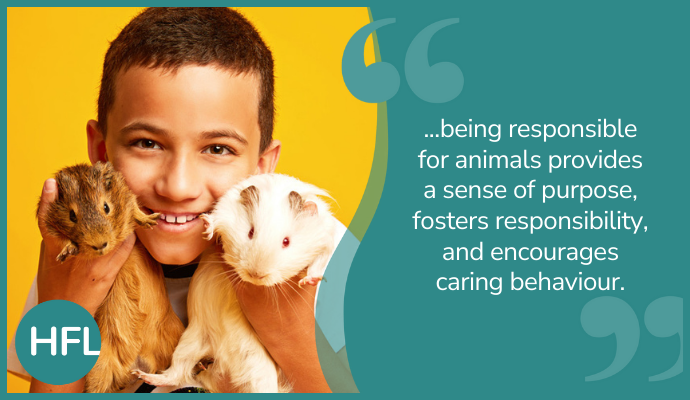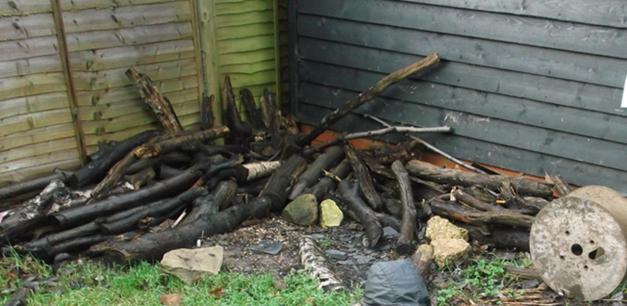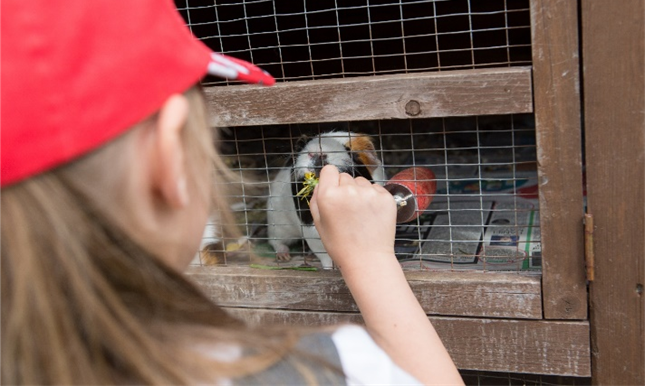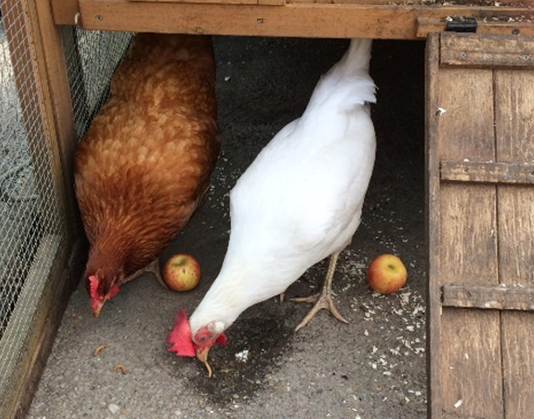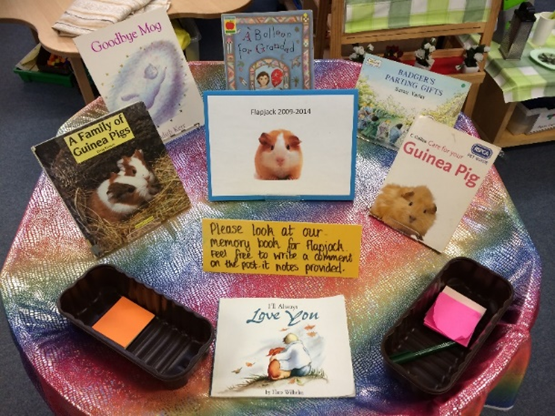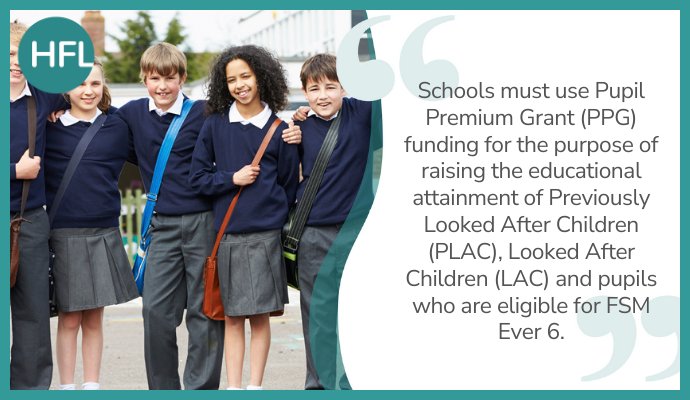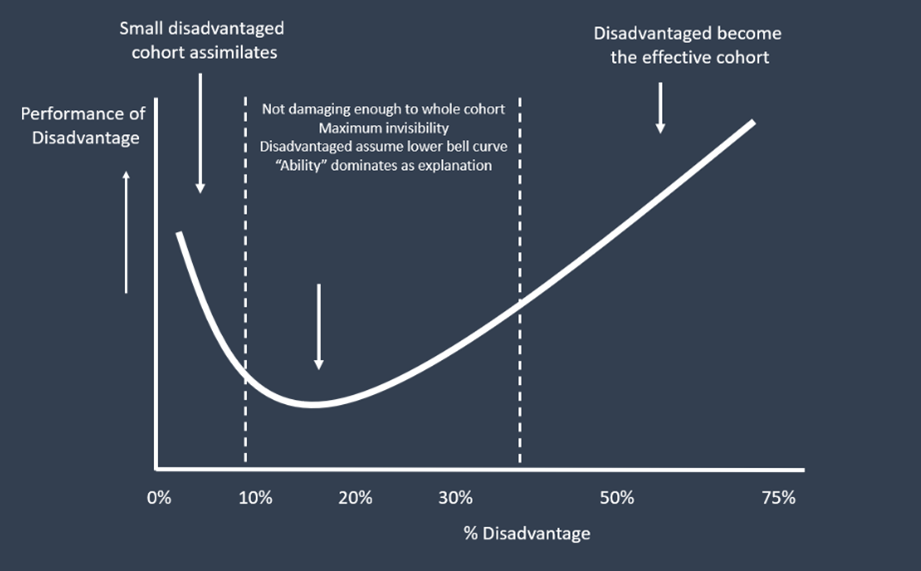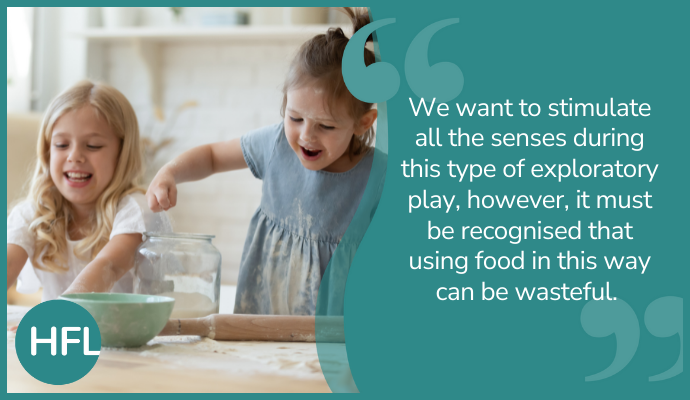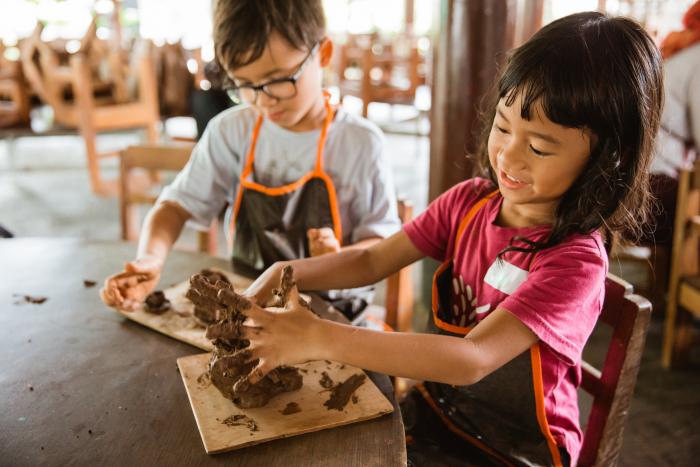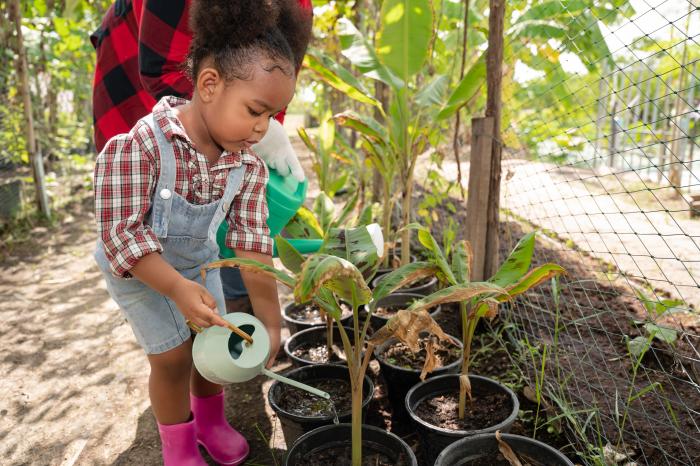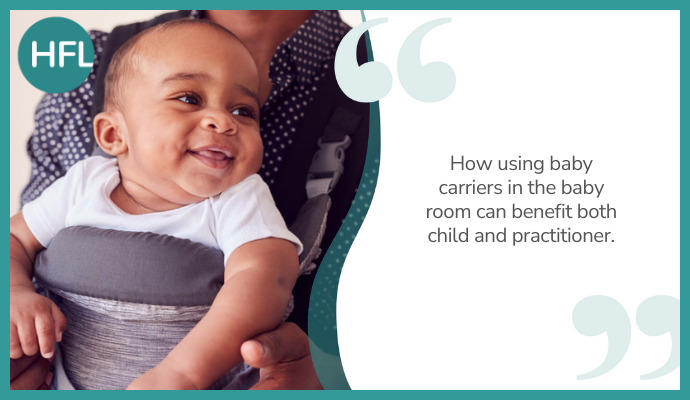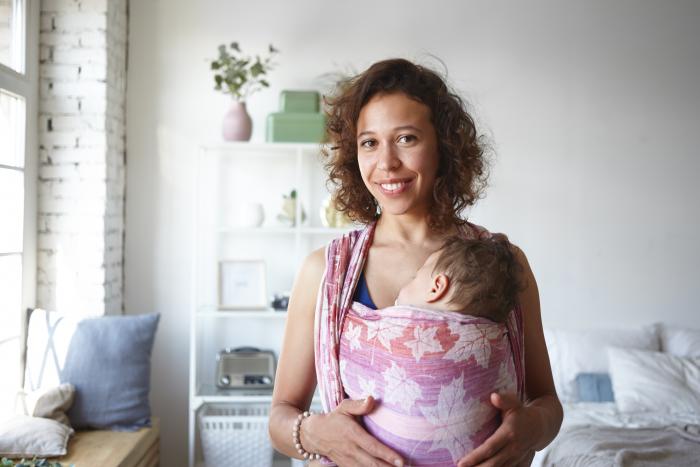Books to share on International Day of Families

What comes to mind when you think of family? Asking children this question could throw up all sorts, including amusing anecdotes and plenty of sentimentality. No doubt, in a classroom full of children, there will be a broad range of reflections on families, which bring to light similarities, as well as differences. A sensitive exploration of these variations will allow you to embrace diversity and champion tolerance and respect within your classroom.
On the 15th May each year, International Day of Families is celebrated around the world. It’s a great opportunity to explore and celebrate the importance of family, in all its wonderful and diverse forms. As is so often the case, children’s literature offers up plenty of beautiful books to support rich class discussion. These books make a great starting point for deeper conversations. As Dr. Rudine Sims Bishop stated, books can act as “Windows, Mirrors and Sliding Glass Doors”, as children make sense of themselves, their experience, and the world around them. In this blog, the Primary English team share a few beautiful books about families, and ideas of how you could use them in the classroom.
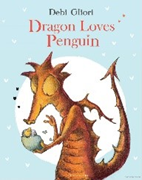
Book and author: Dragon Loves Penguin by Debi Gliori
Recommended by: Kirsten Snook
Recommended age group: Primary
Reason for recommendation: Adoption; looking different from the rest of the family; anti-bullying
Suggested activity: Write a school report on the character of Penguin – which of Penguin’s qualities are becoming strong? How does their teacher know?
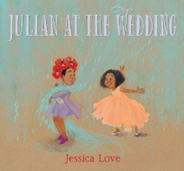
Book and author: Julian at the Wedding by Jessica Love
Recommended by: Kathy Roe
Recommended age group: EYFS and KS1
Reason for recommendation: Beautifully illustrated, with very little text. A celebration of love, belonging and acceptance. A story set at a wedding of two brides.
Suggested activity: Innovate text for the wordless pages, including thought and speech bubbles for the characters.
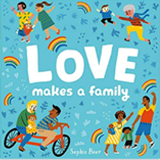
Book and author: Love Makes a Family by Sophie Beer
Recommended by: Amanda Webb
Recommended age group: EYFS and KS1
Reason for recommendation: A book which highlights the one thing that makes a family a family, and that is love. Diverse representation of loving families written in a repetitive form.
Suggested activity: Who is in your family? Create a collage of our families. What does your family do together? Create a class poem following the repetitive form of the book ‘Love is...’.
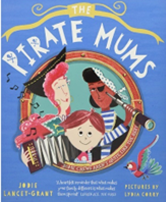
Book and author: Pirate Mums by Jodie Lancet-Grant and Lydia Corry
Recommended by: Michelle Nicholson
Recommended age group: KS1
Reason for recommendation: This is a fabulous story to share with KS1 on World Family Day (or even International Talk Like a Pirate Day, which is on September 19th this year). Many of us will have wished, at times, that our parents weren’t so embarrassing, or our families were more like other people’s. Billy’s mums are pirates, and he doesn’t want them to come on the school trip. But the other children don’t seem to mind their unconventionality and slowly Billy begins to embrace the quirks of pirate life.
Suggested activity: Write about a special skill or unusual hobby that someone in their family has and how it makes them feel proud. Compose ‘thank you’ letters to Billy’s mums for saving them on the school trip. Or, they could just sit back and enjoy this cleverly written, empathetic story while you ‘do the voices’…
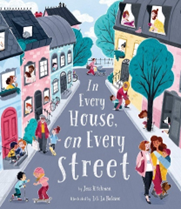
Book and author: In Every House on Every Street by Jess Hitchman and Lili La Baleine
Recommended by: Kayleigh Valentini
Recommended age group: Primary/KS1
Reason for recommendation: Written in rhyme, this is a warm celebration of homes and the diverse families that make them.
Suggested activity: Explore the intricate illustrations of the different families in each house. (Gatefold) Can you see any families like yours? Behind every door, there is a different story to tell. Add a page to the book by writing a rhyming poem about what happens in a special room in your house. What does home mean to you?

Book and author: Where the Forest Meets the Sea by Jeannie Baker
Recommended by: Alison Dawkins
Recommended age group: Primary
Reason for recommendation: A child’s growing independence is explored within the security of a day out with his dad. Stunning illustrations created from collages of natural materials.
Suggested activity: Discuss and/or write about ‘days out’ with family. What do children do? What do adults do? Use collected, natural materials to make background collages.
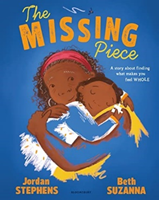
Book and author: The Missing Piece by Jordan Stephens and Beth Suzanna
Recommended by: Juliet McCullion
Recommended age group: Primary
Reason for recommendation: An exploration of community, family and friendship.
Suggested activity: Explore the different family homes that Sunny visits and the descriptions of what they look and smell like. Discuss own homes and what makes them special. Design a page that explains what their family house would look, feel and smell like if Sunny visited.
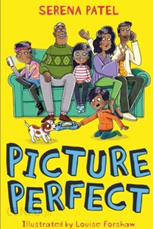
Book and author: Picture Perfect by Serena Patel and Louise Forshaw
Recommended by: Ellen Counter
Recommended age group: KS2
Reason for recommendation: Diverse representation of family life (British Gujarati). Focus on themes of love and belonging, all families being different.
Suggested activity: Compile a class compendium of family home languages – how many languages do family members speak? What are your favourite home-cooked meals? (p.44) Gather stories from parents/ grandparents (p. 46) and create class book of family stories/ biographies.
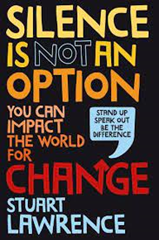
Book and author: Silence Is Not An Option: You Can Impact The World For Change by Stuart Lawrence
Recommended by: Theresa Clements
Reason for recommendation: An excellent read for upper KS2 teachers to share with their pupils.
Suggested Activity: Read Chapter 1 – ‘You Are Your Own Superhero’. Within Chapter 1, on page 29, we find a sub-headed section - ‘The Superhero of Your Family’. Here is the opening paragraph:
‘The things that your family say and do have an effect on you. These effects can be both positive and negative but everything you experience is a lesson. Some of you may have a family that expects only the highest of achievements from you and you feel incredibly pressured. Some of you may have a family that is not so pressured and you sort of feel there isn’t any expectation at all’
Explore the term ‘expectation’ with the children. Provide an example of some expectations that you have of them. Can they add to this list? Can the children articulate their ideas of expectations that they have of you and/or others? Are there other people who have expectations of them? This should provide enough context for the children to discuss any family expectations they have or experience if they desire. Further discuss why having expectations of themselves is important. Provide some examples for the children to contribute towards. Create a celebratory display.
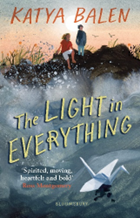
Book and author: The Light in Everything* by Katya Balen, cover illustration by Sydney Smith
Recommended by: Juliet McCullion
Recommended age group: UKS2
Reason for recommendation: A sensitive and searing exploration of blended family life, told from the perspective of two children. *There are themes of loss and abuse in this book.
Suggested activity: Discuss the theme of hope, and how Tom and Zofia make a very important wish for their family, using the origami cranes. Ask children to write a wish for their family on a piece of paper, before folding it into an origami crane of their own following the instructions in the back of the book.
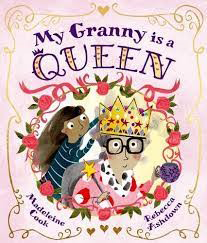
Book and author: My Granny is a Queen by Madeleine Cook and Rebecca Ashdown
Recommended by: Rickella Griffiths
Recommended age group: KS1/Primary
Reason for recommendation: A beautiful, heart-warming book celebrating grandmothers across the world.
Suggested activity: Explore the wonderful illustrations and delightful descriptions. Discuss the similarities and differences. Compose individual descriptions of grandmothers and create a class book to celebrate the special queen in the family.
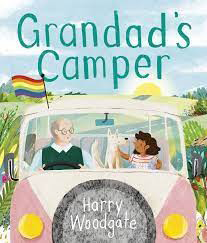
Book and author: Grandad’s Camper by Harry Woodgate
Recommended by: Jane Andrews
Recommended age group: KS1
Enjoy exploring everything that makes our families different and the same this International Day of Families. We would love to see the work and/or displays that are produced. Do tag us in any photographs on Twitter @HertsEnglish.
